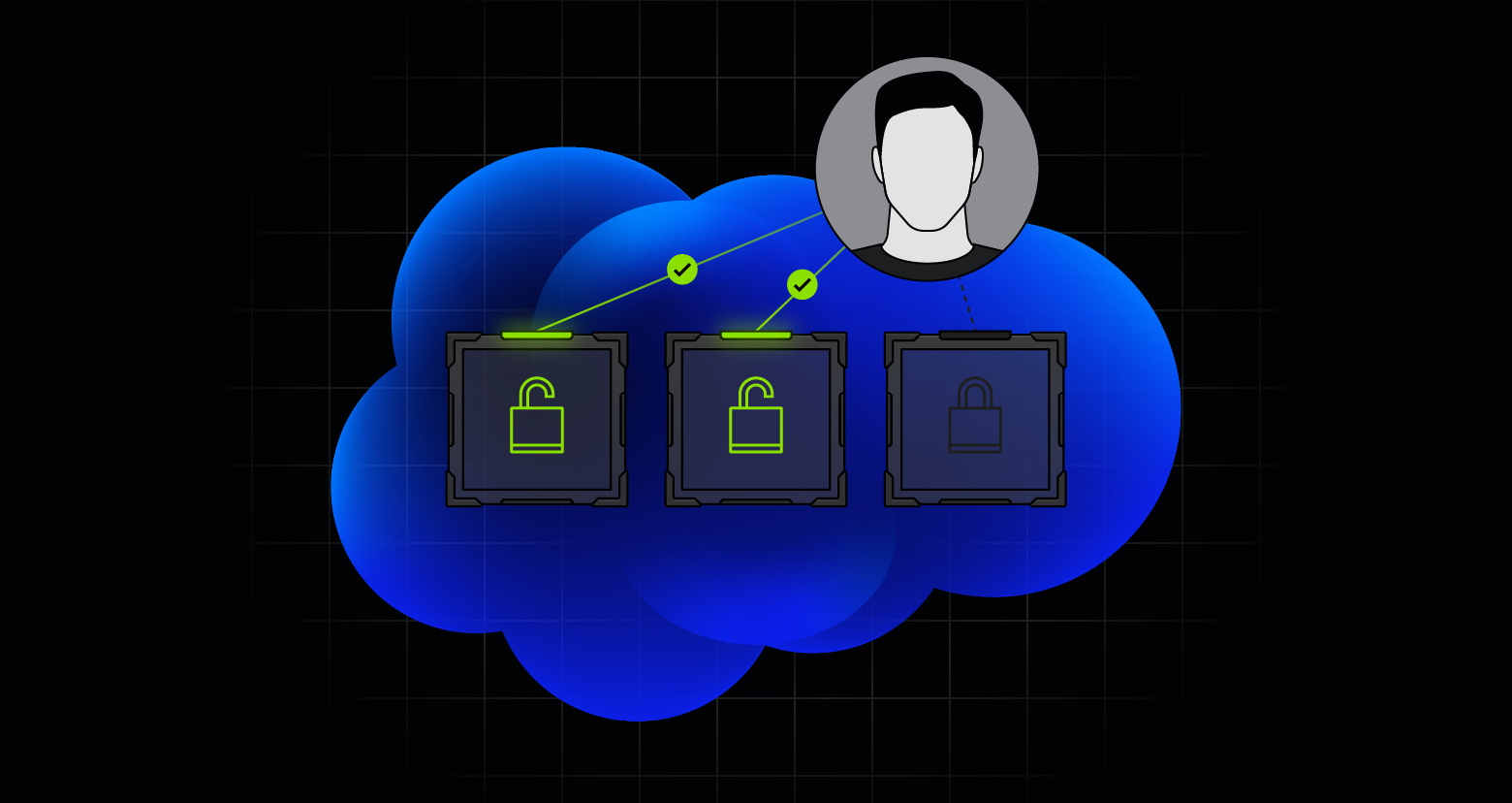-
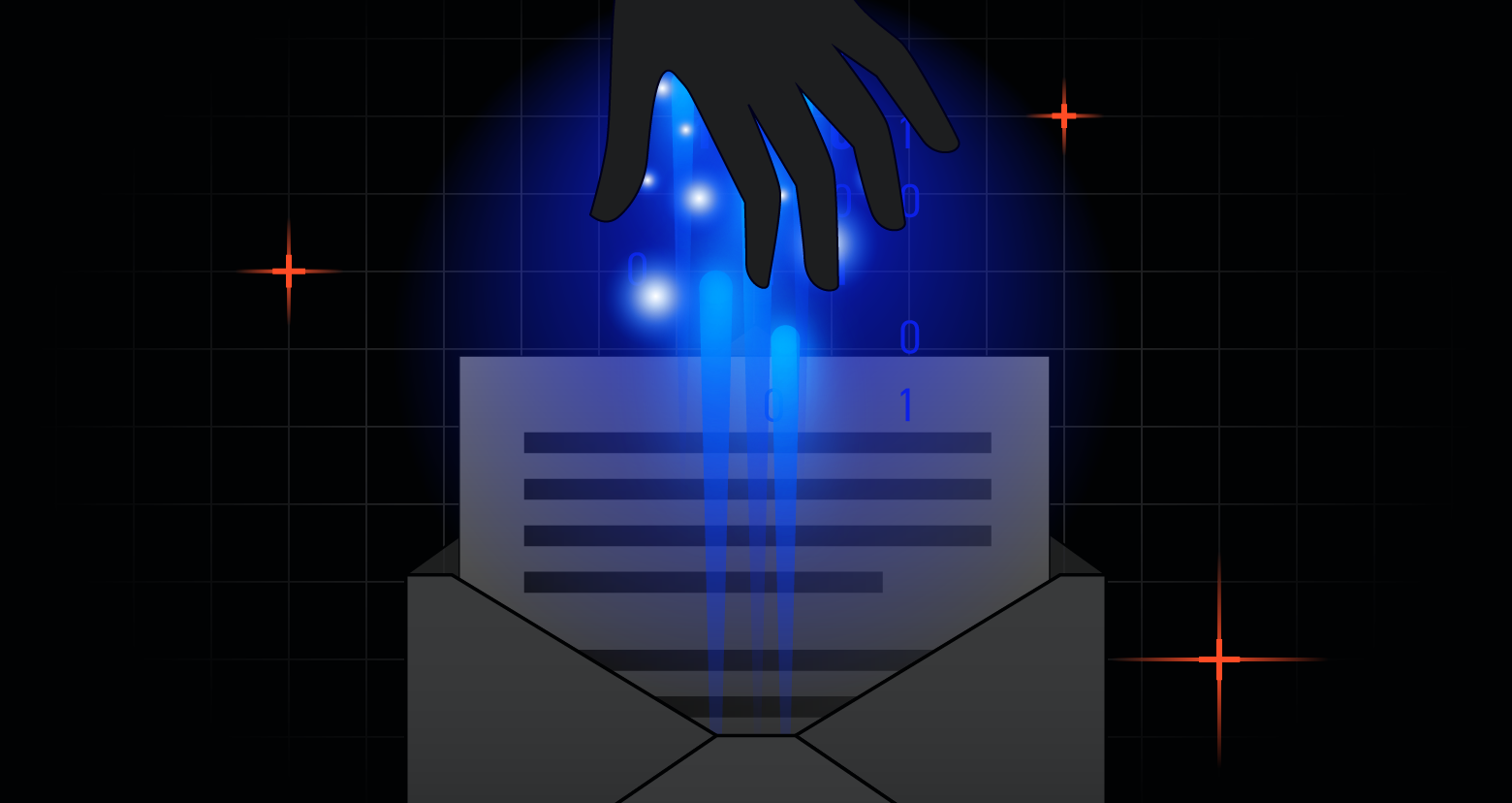
Dez 15, 2025
Business Email Compromise (BEC) verstehen: Bedrohungsarten und Verteidigungsstrategien
Machen Sie sich mit den verschiedenen Arten von Business Email Compromise (BEC) vertraut, lernen Sie effektive Verteidigungsstrategien kennen und finden Sie Lösungen, um Ihr Unternehmen vor E-Mail-basierten Angriffen zu schützen.

Jonathan Villa
6 min read
-
 Varonis Produkte
Varonis ProdukteNov 24, 2025
Wir stellen vor: Varonis für Confluence
Varonis schützt jetzt Atlassian Confluence und ermöglicht es Organisationen, ihr geistiges Eigentum und andere sensitive Daten auf Seiten, in Bereichen, Blogposts und Anhängen zu sichern.

Eugene Feldman
2 min read
-
 AI Security Datensicherheit
AI Security DatensicherheitNov 24, 2025
Varonis gibt neue Microsoft Purview Data Security Posture Management-Integration bekannt.
Die Integration zwischen Varonis und Purview unterstützt Unternehmen dabei, ihre kritischen Daten zu sehen und zu kennen – unabhängig davon, wo sie sich befinden.

Shawn Hays
2 min read
-
 Datensicherheit
DatensicherheitNov 24, 2025
Die versteckten Risiken des URL-Rewritings und die überlegene Alternative für die E-Mail-Sicherheit
Das Umschreiben von URLs ist eine gängige Praxis in der E-Mail-Sicherheit. Da sich Bedrohungen weiterentwickeln, wird deutlich, dass dieser Ansatz Einschränkungen und potenzielle Schwachstellen aufweist.

Stephen Kowski
3 min read
-
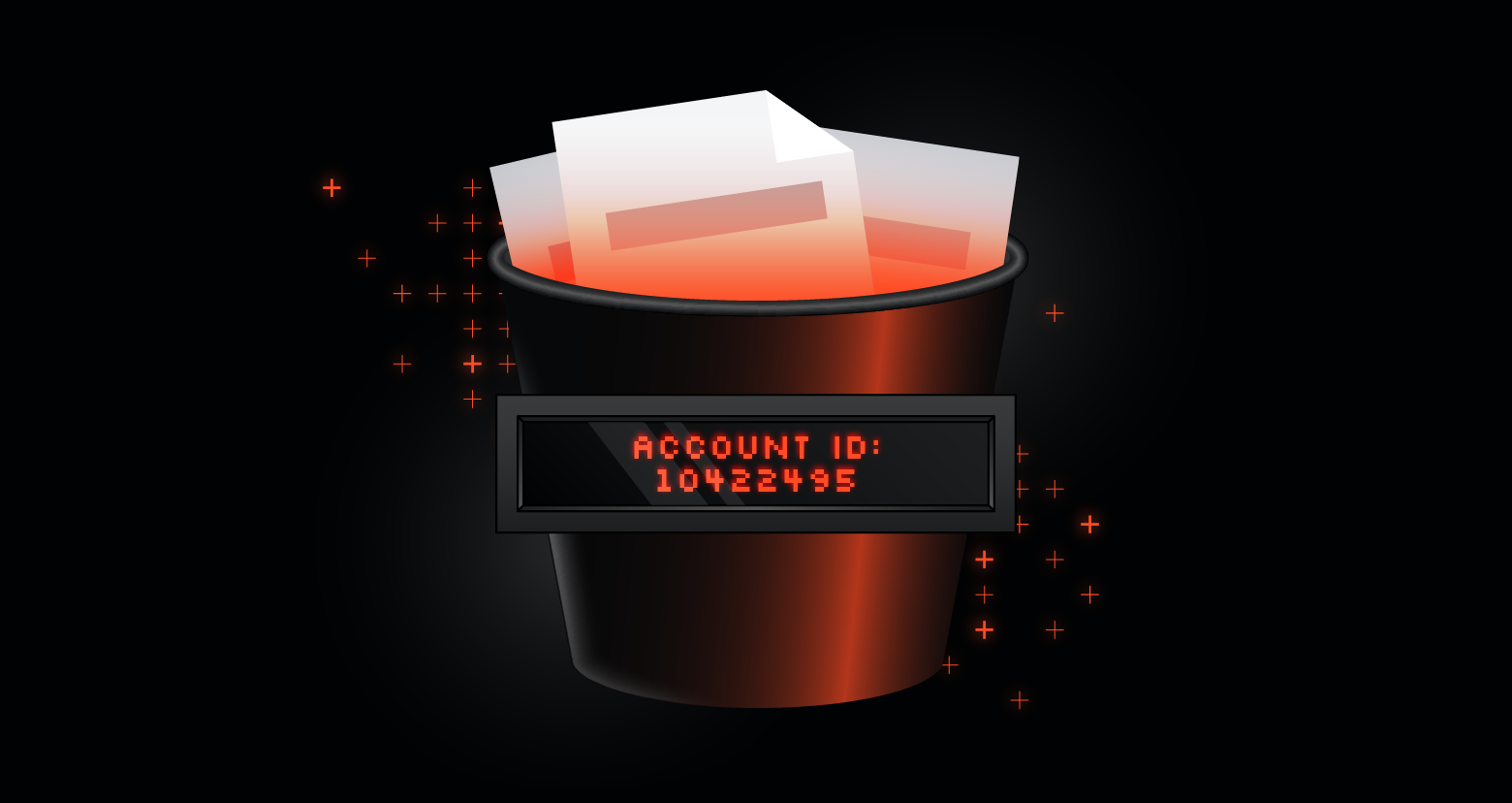 Bedrohungsanalyse
BedrohungsanalyseNov 24, 2025
Die stillen Angreifer: Ausnutzung von VPC-Endpoints zur spurlosen Offenlegung von AWS-Konten und S3-Buckets.
Erfahren Sie, wie eine Sicherheitslücke in CloudTrail IDs über VPC-Endpoints offengelegt hat und wie Sie Ihre Cloud schützen können.

Maya Parizer
5 min read
-

Nov 10, 2025
Warum wir voll und ganz auf SaaS setzen
Die Zukunft der Datensicherheit ist automatisiert und mühelos.

Yaki Faitelson
2 min read
-

Nov 10, 2025
Vertrauenswürdige Anbieter, verdrehte Links: Die dunkle Seite des URL-Rewritings
Erfahren Sie, wie Angreifer fortschrittliche Tricks zum Umschreiben von URLs verwenden, um herkömmliche Blocklisten zu umgehen, und wie Unternehmen den sich entwickelnden Bedrohungen einen Schritt voraus sein können.

Stephen Kowski
4 min read
-
 AI Security
AI SecurityNov 10, 2025
KI-gestütztes Phishing übertrifft herkömmliche Abwehrmechanismen – so bleiben Sie auf dem Laufenden
KI-gestütztes Phishing überlistet die E-Mail-Sicherheit. Entdecken Sie eine mehrschichtige Abwehr von Gartner und wie Varonis Interceptor Ihren Posteingang schützt.
-1.png)
Lexi Croisdale
4 min read
-
 Varonis Produkte
Varonis ProdukteOkt 27, 2025
Einführung von Varonis Interceptor: KI-native E-Mail-Sicherheit
Varonis Interceptor schützt Unternehmen mit der weltweit besten Phishing-Erkennung vor einer neuen Art KI-gestützter E-Mail-Bedrohungen.

Shawn Hays
3 min read
-
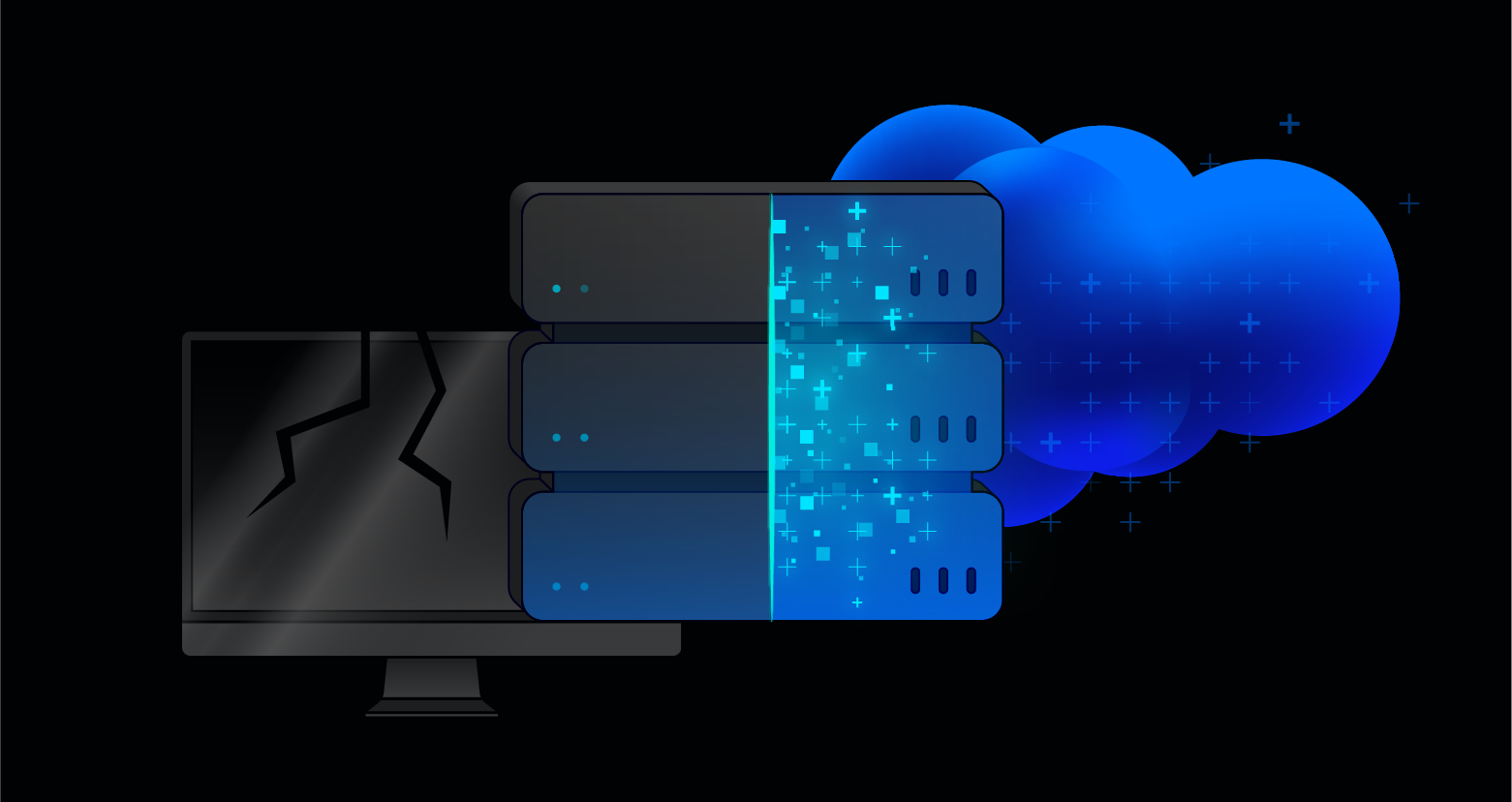 Datensicherheit
DatensicherheitOkt 13, 2025
Datenbanksicherheit für das Zeitalter von KI und Cloud überdenken
Entdecken Sie die Säulen der Datenbanksicherheit und wie Varonis Datenbankaktivitätsüberwachung (DAM) der nächsten Generation sensitive Daten in KI- und Cloud-Umgebungen schützt.

Terry Ray
4 min read
-
 Bedrohungsanalyse
BedrohungsanalyseOkt 06, 2025
MatrixPDF gefährdet Gmail-Benutzer mit schädlichen PDF-Anhängen
Erfahren Sie, wie PDF-basierte Malware-Angriffe funktionieren und wie KI-gestützte E-Mail-Sicherheit Bedrohungen erkennen und blockieren kann, bevor sie Ihren Posteingang erreichen.

Daniel Kelley
5 min read
-
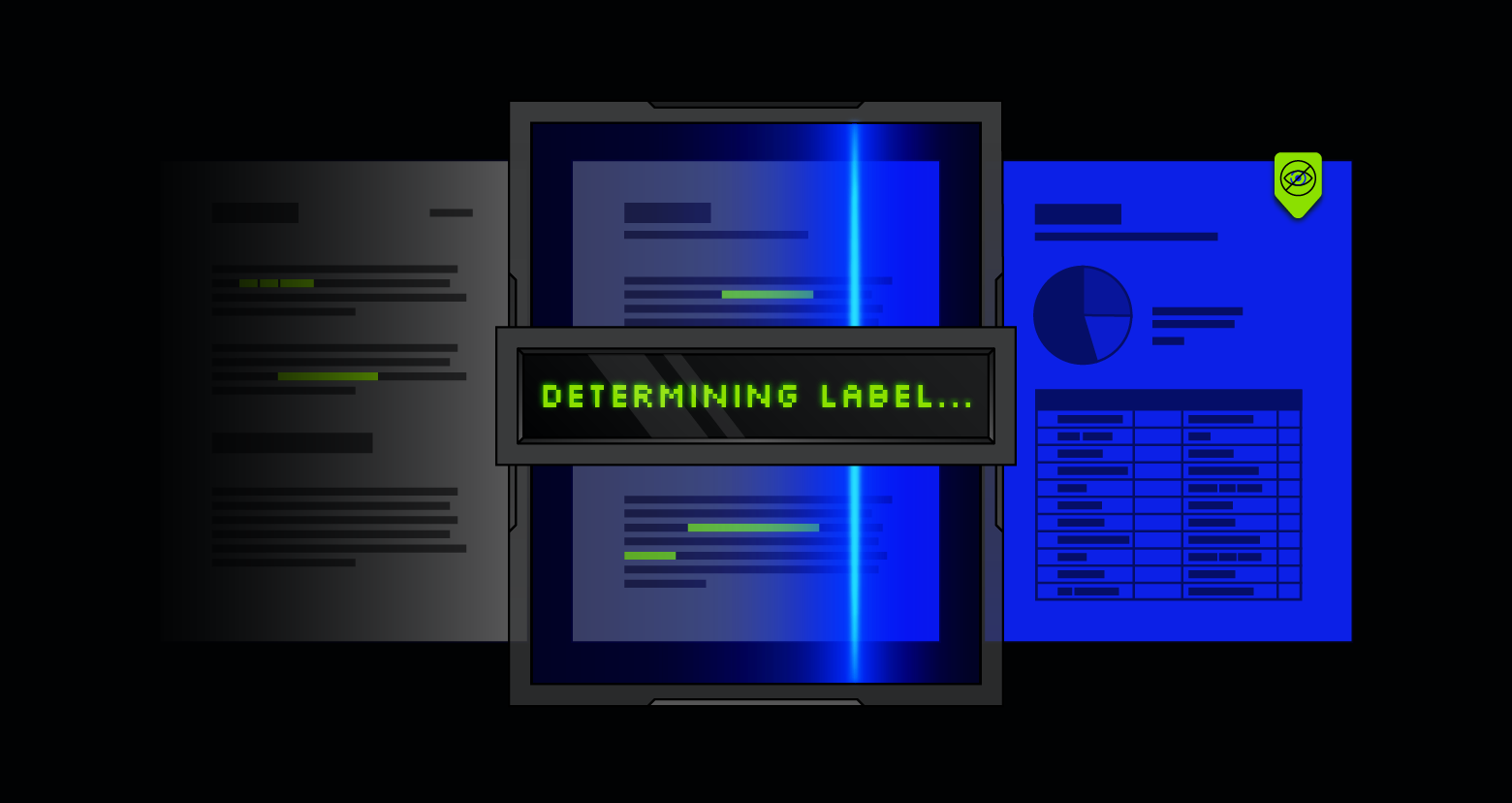 Varonis Produkte
Varonis ProdukteOkt 06, 2025
Korrekte Klassifizierung, die skaliert: Das richtige Tool für die richtige Aufgabe.
Korrekte, skalierbare Datenklassifizierung ist der Schlüssel zu Sicherheit, Compliance und sicherer KI. Erfahren Sie, wie Sie die üblichen Fallstricke vermeiden und den richtigen Ansatz wählen.

Ed Lin
6 min read
SECURITY STACK NEWSLETTER
Möchten Sie die führende Datensicherheitsplattform in Aktion erleben?
Möchten Sie die führende Datensicherheitsplattform in Aktion erleben?
„Ich war erstaunt, wie schnell Varonis während der kostenlosen Bewertung Daten klassifizieren und potenzielle Datenoffenlegungen aufdecken konnte. Es war wirklich erstaunlich.“
Michael Smith, CISO, HKS
„Was mir an Varonis gefällt, ist die Tatsache, dass sie mit einem datenzentrierten Ansatz arbeiten. Andere Produkte schützen die Infrastruktur, aber sie tun nichts, um Ihr wertvollstes Gut zu schützen – Ihre Daten.“
Deborah Haworth, Direktor für Informationssicherheit, Penguin Random House
“I was amazed by how quickly Varonis was able to classify data and uncover potential „Der Support von Varonis ist beispiellos, und das Team von Varonis entwickelt und verbessert seine Produkte ständig weiter, um mit der rasanten Entwicklung der Branche Schritt zu halten.“data exposures during the free assessment. It was truly eye-opening.”
Al Faella, CTO, Prospect Capital
